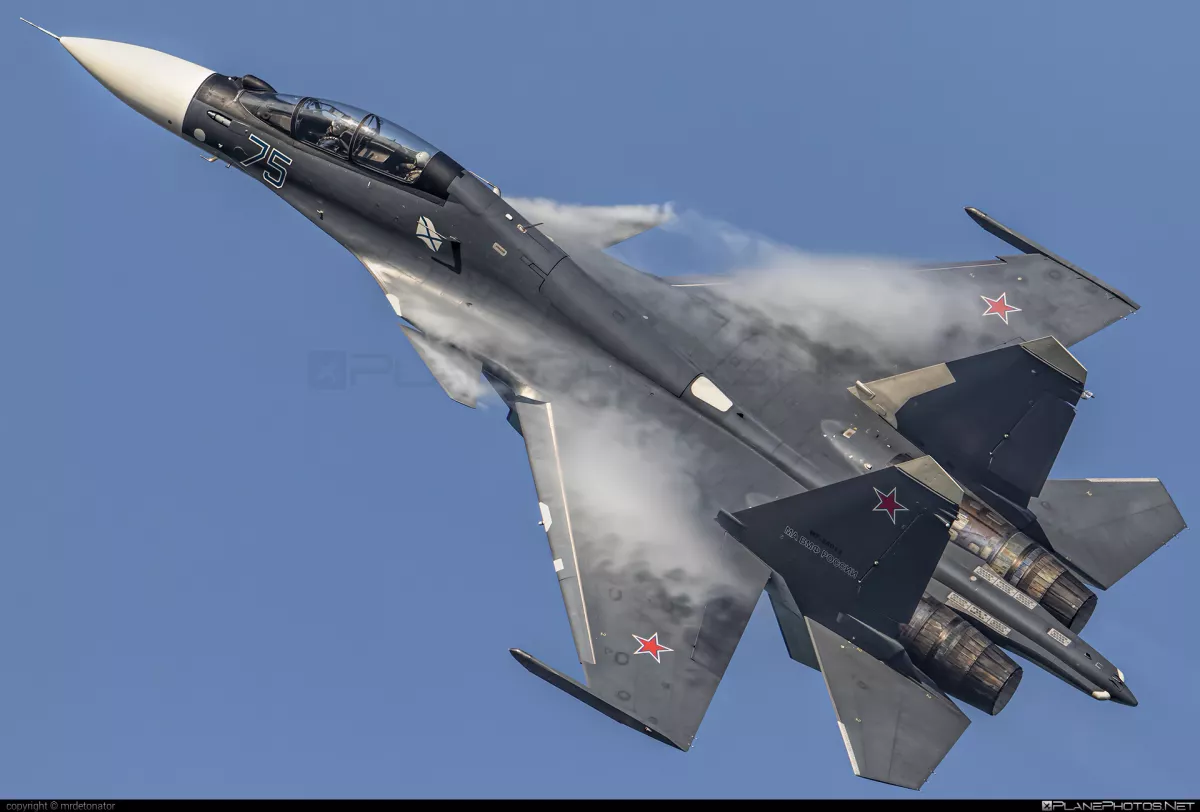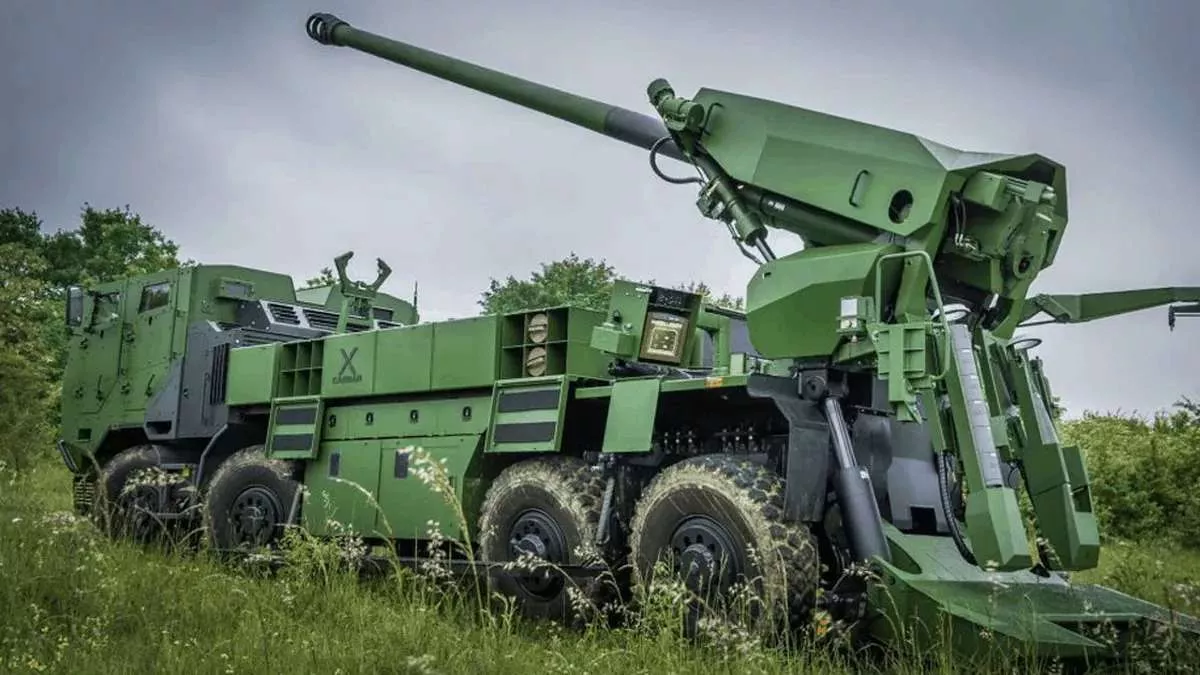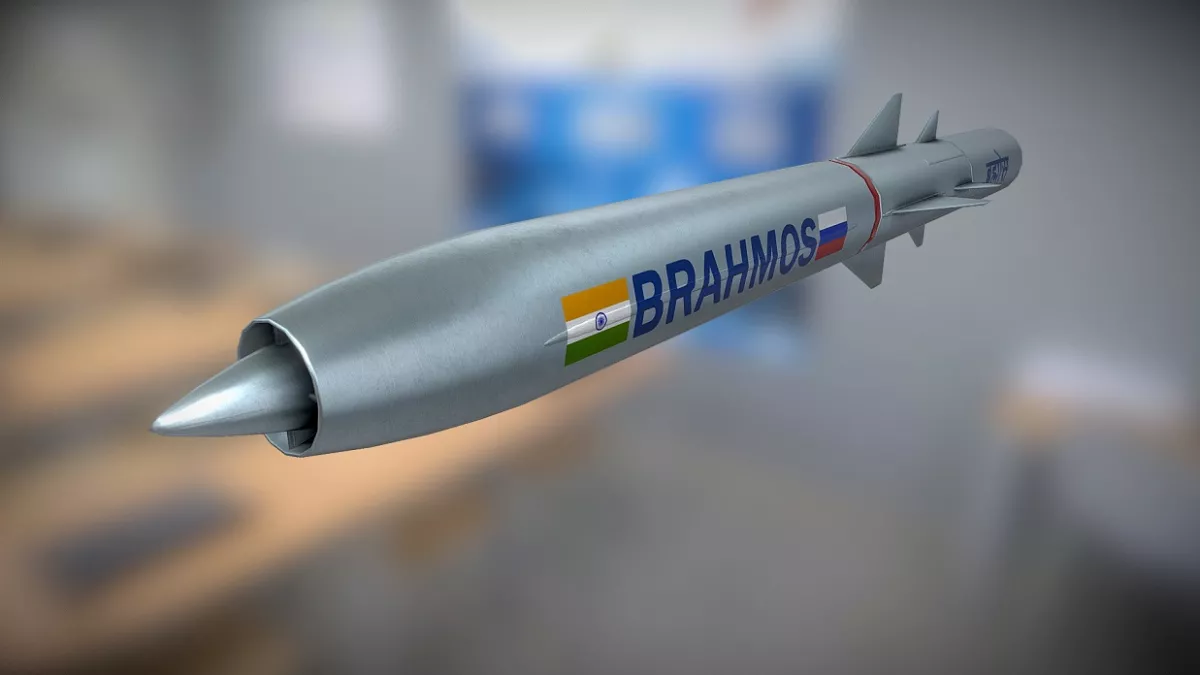India’s weapons sales to Armenia intensify amid strategic moves and regional tensions Yerevan seeks Indian help to modernize its air fleet
Armenia has deepened its defense cooperation with India, marking a significant shift in its military partnerships. In recent years, Yerevan has sought to diversify its defense suppliers, moving away from its historical reliance on Russia. This shift has been most evident in its purchase of Indian missile systems, artillery, radars, and small arms. Now, Armenia is reportedly engaging with India to modernize its air force, focusing on its fleet of Su-30SM fighter jets.
The Su-30SM jets were originally acquired from Russia in 2019 but have become a source of frustration for Armenia. Nicknamed "white elephants," these expensive jets were largely ineffective in the 2020 Second Karabakh War due to their lack of suitable armaments, particularly air-to-ground munitions. This inefficiency, combined with Azerbaijan’s effective use of drones and advanced weaponry, has pushed Armenia to seek external help to upgrade its air force.

India's role in Armenia’s military modernization
According to Indian media, Armenia has approached New Delhi to assist in upgrading its Su-30SM jets. Hindustan Aeronautics Limited (HAL), an Indian state-owned aerospace and defense company, has extensive experience in manufacturing and upgrading Russian fighter jets under license, particularly for the Indian Air Force. Armenia is eyeing HAL’s expertise to improve the avionics, electronic warfare systems, and weaponry of its Su-30SM fleet.
During the Tarang Shakti 2024 exercises, Armenian Armed Forces Aviation Department chief Hovhannes Vardanyan confirmed that discussions were underway with Indian defense officials, particularly Chief of Defence Staff General Anil Chauhan, regarding this modernization effort.
While the Su-30 jets operated by Armenia differ from those used by India, the expertise that India brings in terms of local production and maintenance of these aircraft could be vital for Armenia’s plans. India operates around 272 Su-30MKIs and has managed to reduce its dependency on Russia by establishing local production of components. This aspect is particularly appealing to Armenia as it navigates an increasingly complex geopolitical landscape.
France’s role and Armenia’s strategic calculations
In addition to India, Armenia has been fostering closer defense ties with France, another significant player in global arms sales. France has historically been sympathetic to Armenia, partly due to its large Armenian diaspora and a shared strategic interest in countering Turkish influence in the region. France’s defense cooperation with Armenia is part of a broader European strategy to ensure stability in the South Caucasus and maintain influence over Armenia’s choices as it distances itself from Russian dependency.
Armenia’s military buildup and armament acquisition, particularly from India and potentially from France, suggest that Yerevan is preparing for future confrontations with Azerbaijan over its claims on Azerbaijani lands. By acquiring advanced weaponry and upgrading its existing arsenal, Armenia aims to recalibrate the military imbalance evident in the 2020 war.

Armenia’s defense diversification strategy
Armenia’s decision to seek Indian assistance highlights a broader strategy to diversify its defense partnerships. Historically reliant on Russian arms, Armenia has found itself in a difficult position since Moscow’s rapprochement with Azerbaijan and Russia’s embroilment in the war in Ukraine. The conflict between Russia and Ukraine has strained Russia’s resources and left Armenia feeling vulnerable, especially given Azerbaijan's strengthening ties with Turkey and Israel, both of which have provided Baku with advanced weaponry and drone technology.
Armenia’s shift toward India for defense upgrades is not only a practical move but also a geopolitical signal. India, a long-time defense partner of Russia, has maintained a neutral stance on the Ukraine conflict, allowing it to navigate relations with both Armenia and Azerbaijan. India’s willingness to modernize Armenia’s Su-30SM jets underscores its growing influence as a global defense player, particularly in regions where it can counterbalance Turkish and Chinese influence.
The broader regional context: Russia, Iran, and Azerbaijan
Armenia’s pivot towards India must also be seen in the context of the broader regional dynamics involving Russia, Iran, and Azerbaijan. With Russia distracted by the war in Ukraine and its deepening relationship with Azerbaijan, Armenia has increasingly looked to diversify its alliances. Yerevan has been cautious in its approach, not wanting to alienate Russia completely, but also recognizing the need for new partnerships to strengthen its military capabilities.
Iran, another key regional player, has been watching these developments closely. Tehran has its own complex relationship with Azerbaijan and has historically been wary of Baku’s ties to Israel and Turkey. Armenia’s growing defense cooperation with India, particularly if it involves sophisticated missile systems like BrahMos, could further complicate the regional balance of power.
While there have been rumors that Armenia is interested in acquiring the ground version of the BrahMos hypersonic missile, which has a range of up to 1,000 kilometers, such a move would require navigating complex export protocols and agreements. Indian officials have confirmed that these discussions are still at an early stage, and many issues would need to be resolved before any such deal could materialize.

The implications of Armenian armament
The drive to modernize Armenia’s military and diversify its defense sources has broader implications for regional stability. As Yerevan strengthens its military capabilities, it could embolden Armenia in its ongoing territorial dispute with Azerbaijan over territorial claims and constitutional contradictions against Azerbaijan. While the 2020 war ended with a Russian-brokered ceasefire, the situation remains tense, and any increase in Armenian military power could lead to renewed hostilities.
Furthermore, Armenia’s growing defense cooperation with India and France signals a shift in Yerevan’s foreign policy. This move reflects Armenia’s desire to balance its relations with Russia, its traditional ally, and newer partners like India and France, who offer alternative sources of military and economic support.
From India’s perspective, selling arms and providing military upgrades to Armenia aligns with its broader strategy of expanding its defense exports and deepening ties with countries in strategic regions. For France, supporting Armenia’s military modernization is part of its effort to assert itself as a key player in European security and foreign policy, particularly in regions where it can counterbalance Russian and Turkish influence.
Conclusion: Armenia’s evolving defense strategy
Armenia’s pursuit of Indian assistance in modernizing its Su-30SM fighter jets is part of a broader effort to strengthen its military and reduce its reliance on Russian arms. The involvement of Indian defense companies, like HAL, in this process, underscores India’s growing role as a global defense exporter and its strategic interest in the South Caucasus.
As Armenia continues to diversify its defense partnerships with countries like India and France, it is preparing for future military challenges while signaling its intent to assert itself more strongly in regional geopolitics. The success of this strategy will depend on Yerevan’s ability to navigate complex regional dynamics, particularly its relations with Russia, Azerbaijan, and Iran.








